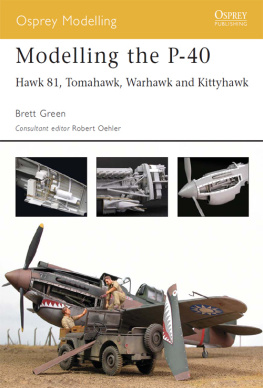Digital ISBN: 978-2918590-56-9
Print ISBN: 978-2918590-57-6
Copyright
2015 Philedition - Phil Listemann
www.raf-in-combat.com
Colour profiles: Bill Dady/Claveworks graphics
All right reserved. No part of this book may be reproduced, stored in a retrieval system or transmitted in any form by any means, electronic, mechanical, photocopying, recording or otherwise, without prior permission of the author.
Contributors & Acknowledgments:
Aviation Heritage Museum of WA (AHM of WA),
Hugh Halliday, Andrew Thomas
CONTENTS
GLOSSARY OF TERMS
PERSONEL :
(AUS)/RAF: Australian serving in the RAF
(BEL)/RAF: Belgian serving in the RAF
(CAN)/RAF: Canadian serving in the RAF
(CZ)/RAF: Czechoslovak serving in the RAF
(NFL)/RAF: Newfoundlander serving in the RAF
(NL)/RAF: Dutch serving in the RAF
(NZ)/RAF: New Zealander serving in the RAF
(POL)/RAF: Pole serving in the RAF
(RHO)/RAF: Rhodesian serving in the RAF
(SA)/RAF: South African serving in the RAF
(US)/RAF - RCAF : American serving in the RAF or RCAF
RANKS
G/C : Group Captain
W/C : Wing Commander
S/L : Squadron Leader
F/L : Flight Lieutenant
F/O : Flying Officer
P/O : Pilot Officer
W/O : Warrant Officer
F/Sgt : Flight Sergeant
Sgt : Sergeant
Cpl : Corporal
LAC : Leading Aircraftman
OTHER
ATA: Air Transport Auxiliary
CO : Commander
DFC : Distinguished Flying Cross
DFM : Distinguished Flying Medal
DSO : Distinguished Service Order
Eva. : Evaded
ORB : Operational Record Book
OTU : Operational Training Unit
PoW : Prisoner of War
PAF: Polish Air Force
RAF : Royal Air Force
RAAF : Royal Australian Air Force
RCAF : Royal Canadian Air Force
RNZAF : Royal New Zealand Air Force
SAAF : South African Air Force
s/d: Shot down
Sqn : Squadron
: Killed
CODENAMES - OFFENSIVE OPERATIONS - FIGHTER COMMAND
CIRCUS:
Bombers heavily escorted by fighters, the purpose being to bring enemy fighters into combat.
RAMROD:
Bombers escorted by fighters, the primary aim being to destroy a target.
RANGER:
Large formation freelance intrusion over enemy territory with aim of wearing down enemy figthers.
RHUBARD:
Freelance fighter sortie against targets of opportunity.
RODEO:
A fighter sweep without bombers.
SWEEP:
An offensive flight by fighters designed to draw up and clear the enemy from the sky.
THE BELL AIRACOBRA
When a replacement for the Curtiss P-36 was required in 1937, Curtiss responded by fitting an Allison in-line engine to the basic P-36 to produce the P-40. This combination had already been tried in the XP-37 which looked like a P-40 with the cockpit moved aft (a similar arrangement to the Dewoitine D 520. Two other manufacturers that submitted designs to USAAC specification X-609 were Lockheed, with the XP-38, and Bell, with the XP-39. Both were unconventional and raised eyebrows not only in Europe but also from within the USAAC.
The XP-39 was of conventional appearance in flight but, once the panels were removed, it proved to be totally at odds with normal fighter design. The engine was mounted behind the pilot to make room for the heaviest armament ever installed, at the time, in a single engine fighter a 37mm cannon firing through the spinner via an extension shaft. A pair of 0.50-in machine guns was also mounted in the nose. This was a definite improvement on the standard US fighter machine gun only armament of the time and was a leap forward as the USAAC only just started to mount machines guns in the wings to complement the two nose-mounted weapons reminiscent of from the fighter aircraft of WW1.
Placing the engine over the centre of gravity would, it was thought, improve maneuverability while the cockpit offered a clear and extensive view. It was viewed with some alarm by some who envisaged a nose-tip as being the prelude to having the engine descend upon the unfortunate pilot. The other oddity for a single-seat fighter was the provision of a tricycle undercarriage. This was regarded with doubt by those who anticipated operating from improvised grass airfields but, surprisingly, it proved quite capable of flying from non-sealed strips. The engine also tended to remain where it should be (except in a major crash).
A prototype was ordered in October 1937 and flew on 6 April 1938. The first tests were encouraging. Various modifications took place to turn the aircraft into the XP-39B which showed a decrease in speed and rate of climb before it crashed. However, the USAAC had been impressed with the performance of the original version and, facing a lack of world-class fighters, gave Bell an order for thirteen YP-39S for service trials with Allison V-1710-37 engines. The first of these flew on 13 September 1940 with full armament and some armour protection for the pilot. Six of the thirteen were destroyed in accidents. A production contract was awarded for 80 aircraft in August 1939. These were to be P-45S but in the event the designation was changed to P-39C/D and soon named Airacobra. The first twenty of them were P-39CS, and had an Allison V-1710-35 engine, and were similar to the YP-39 but the next sixty were built as P39DS with self-sealing tanks and four 0.30-in machine guns installed in the wings. Some armour was incorporated in the light of experience from operations in Europe. The first production aircraft flew in January 1941.
Early in the war, French and British purchasing commissions had been looking for aircraft from US sources and, of course, both countries showed an interest in the P-39 and this was soon followed by orders. The French Government requested 200 Airacobras in March 1940 with delivery to begin in October and, in April 1940, the Air Ministry ordered 675 in three separate contracts. The first 170 Airacobra Mk.Is were allotted serials AH570 to AH739 (contract A-218) and the next 121, AP264 to AP384, then 84 with serials BW100 to BW183 (contract A-1326 for the last two batches) and BX135 to BX434 (contract A-1476) were allotted to the final 300 to make the original order of 675. When the Lend-Lease Act was introduced in March 1941, the US requisitioned and orders were placed for the RAF: on 11 June 1941 for 150 P-39D-1 (41-28257/28406 with RAF serials FA824-FA973); then 344 more on 17 September (41-38220/41-38404, 41-38563 - 186 D-1s -, 41-38405/38562 - 158 D-2s with a 37 mm cannon replacing the 20mm - with RAF serials FA974-FA999, FB100-FB417) which included 144 earmarked for RCAF usage in Canada. Those Airacobras, equipped with a 20mm cannon and which should have received the denomination of Airacobra Mk.IA and IB for those with 37mm cannon, were never received by the RAF, due to the rejection of the type by that service, but were actually built for US or Russian needs instead. The Soviets received just over 100 under the Lend-Lease Act. However, as the 37 mm cannon was still a weapon banned for export, the Airacobras were to have a standard 20 mm cannon, two 0.50-in machine guns in the nose and four 0.30-in guns in the wings. The name Caribou was selected but later abandoned.
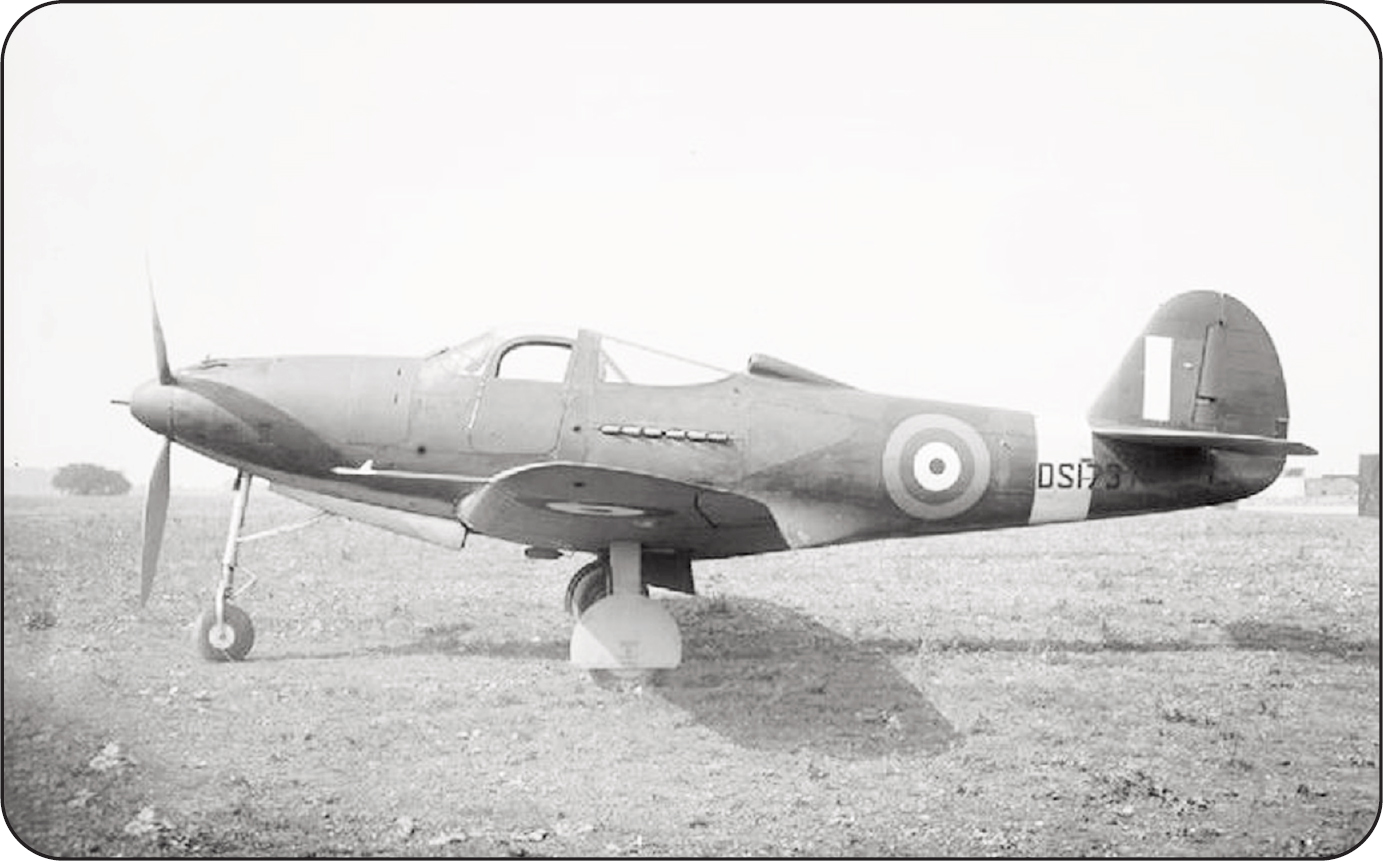
P-39C DS173 taken shortly after its arrival in the UK in July 1941. The lack of wing guns can be seen here. The P-39C had been requested to test the 37 mm cannon.
The first Caribous came off the production line in April 1941. Prior to these arriving in the UK, three P-39CS, 40-2981, 2983 and 2984, were shipped for trials, arrived in July 1941 and were allotted the serials DS173, DS174 and DS175. DS173 was quickly assembled and first flew on 6 July 1941 before passing to A&AEE for handling trials. DS174 went to the Air Fighting Development Unit to test its aptitude for fighter operations while DS175 remained in reserve. These Airacobras were not standard as far as the RAF was concerned mainly due to the different armament and the 12-volt electrical system. The same month, deliveries of the production aircraft began but, when the USA entered the war, the Americans were prompted to seize some aircraft. These became P-400S as the British Airacobras, in turn, were not built under the USAAF standard. In all, the RAF took delivery of 241 Airacobra Mk.Is between September 1941 and March 1942. The balance was seized by the Americans or simply sent to the USSR when the fate of the Airacobra with the RAF was sealed at the end of 1941. In all, five of the first batch, 52 of the second, 77 of the third and all of the last were not delivered to the RAF.
Next page
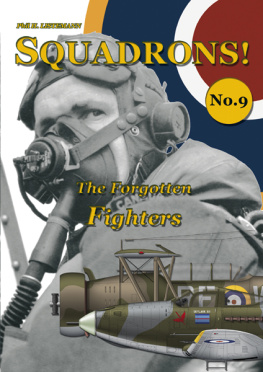

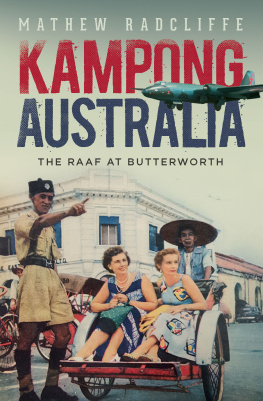
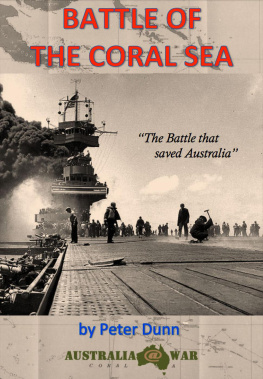
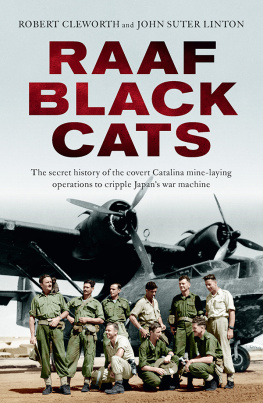
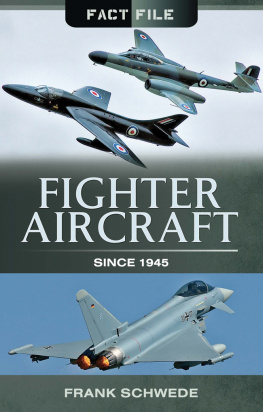
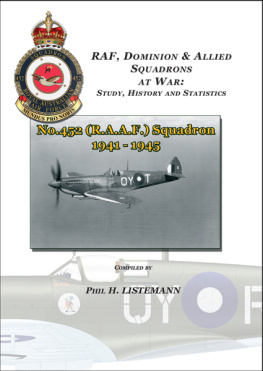
![Haselden Mark - Buffaloes over Singapore: [RAF, RAAF, RNZAF and Dutch Brewster fighters in action over Malaya and the East Indies 1941-42]](/uploads/posts/book/212345/thumbs/haselden-mark-buffaloes-over-singapore-raf.jpg)
